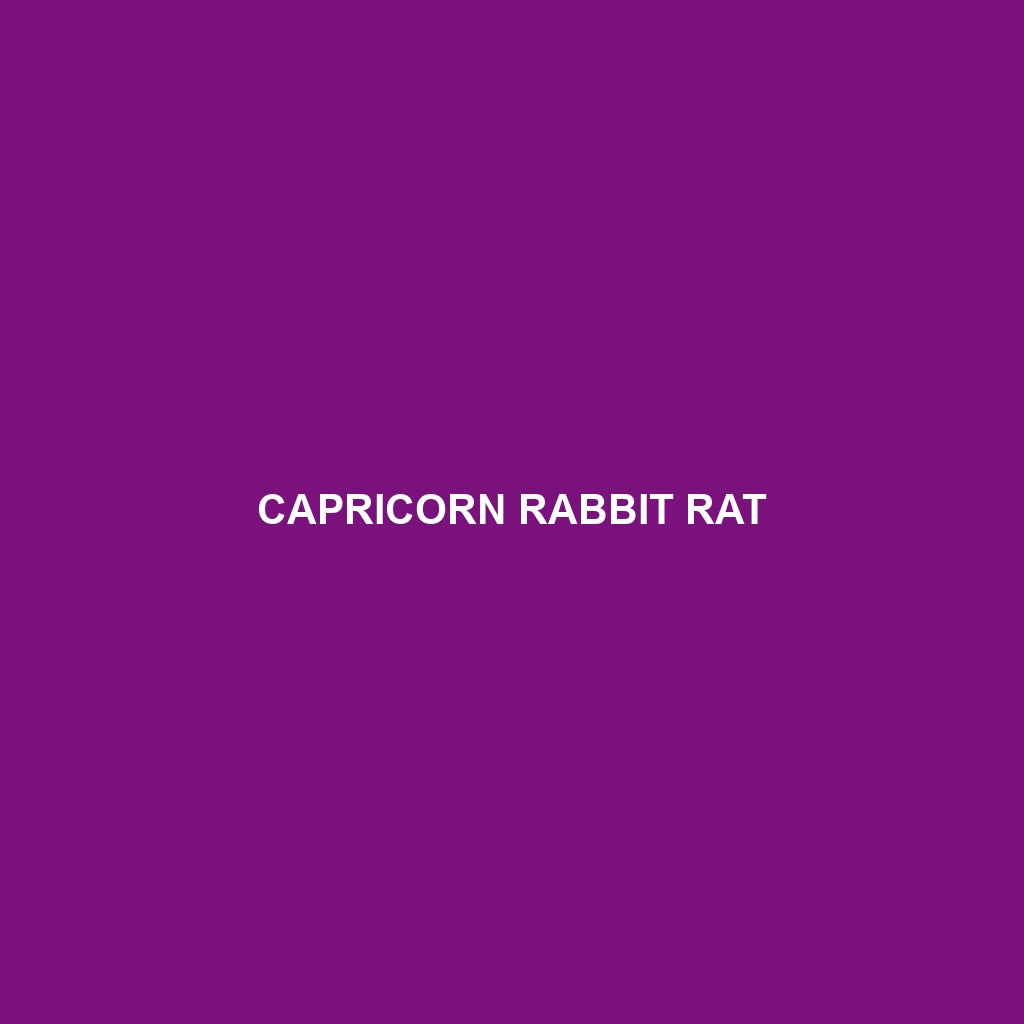Simalur Archipelago Rat (Scientific Name: )
Habitat:
The Simalur Archipelago Rat is primarily found in the Simalur Archipelago, located off the western coast of Sumatra, Indonesia. This region consists of several islands characterized by lush rainforests, hilly terrains, and diverse ecosystems that provide an ideal habitat for this unique rodent. The humid, tropical climate of the archipelago supports various flora and fauna, crucial for the survival of the Simalur Archipelago Rat.
Physical Characteristics:
This rat species is medium-sized, typically measuring about 25 to 30 cm in length, including the tail. Its fur is predominantly brown with pale underbelly, featuring distinctive dark streaks along its back. The Simalur Archipelago Rat has a slender body, large ears, and a long, naked tail that aids in balance and climbing. Its sharp incisors are well-adapted for gnawing on tough vegetation, making it a fascinating species among the rodent family.
Behavior:
The Simalur Archipelago Rat is primarily nocturnal, exhibiting active behaviors during the night. These rodents are social creatures, often found in small family groups. They are known for their curious nature and can often be seen foraging together for food. Their intelligent problem-solving abilities help them evade predators in their natural habitat. This species is also noted for its agility and climbing skills, which allow it to navigate the dense forest canopies effectively.
Diet:
This rat mainly feeds on a variety of plant materials, including fruits, seeds, and roots. Its diet may also occasionally include small insects or invertebrates, making it an omnivorous species. The Simalur Archipelago Rat plays a vital role in seed dispersal within its ecosystem, as it helps in the propagation of various plants by consuming and later excreting seeds. This feeding habit is essential for maintaining the health and diversity of its habitat.
Reproduction:
Reproductive activities of the Simalur Archipelago Rat are typically seasonal, peaking during the rainy months when food is abundant. A female can give birth to 2-5 offspring after a gestation period of approximately 30 days. The young are born blind and hairless and rely entirely on their mother for nutrition and protection during the early stages of life. Parental care is observed, with both parents participating in nurturing the young until they reach maturity.
Conservation Status:
The Simalur Archipelago Rat is currently classified as endangered due to habitat destruction, primarily caused by deforestation and agricultural expansion in the region. Conservation efforts are crucial to protect this unique species and its native habitat to ensure its survival for future generations.
Interesting Facts:
Despite its endangered status, the Simalur Archipelago Rat is unique due to its limited geographic range. It is one of the lesser-known rodent species in the world and has developed specific adaptations that uniquely suit the environmental conditions of the Simalur Archipelago. Additionally, it is closely related to other endemic species found on the islands.
Role in Ecosystem:
The Simalur Archipelago Rat plays a crucial role in maintaining the ecosystem balance within its environment. As a seed disperser, it aids in the growth of various plant species, contributing to the forest’s biodiversity. Furthermore, it serves as prey for larger predators, forming an essential part of the food web in the Simalur Archipelago.
